German architect and designer Peter Behrens was one of the most influential designers of the 20th century, and he is one of the founders of modern industrial architecture and design.
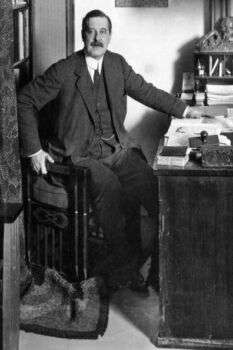
Image source: https://en.wikipedia.org/wiki/Peter_Behrens#/media/File:Peter_Behrens,_um_1913.jpg
About His Life
Peter Behrens was born in Hamburg, Germany to a Protestant family. He studied painting in his hometown before moving to Düsseldorf and Karlsruhe between 1886 and 1889. In 1899, after marrying Lilly Kramer, he moved to Munich, where he joined the Jugendstil movement. There, he first worked as a painter, illustrator, and artisan bookbinder, approached bohemian circles and developed an interest in modern living. Then, in 1893, he helped found the Munich Succession. Later, in 1899, he accepted the invitation of the Grand Duke Ernest Louis of Hesse to be one of the participants in his project of an artists’ settlement.
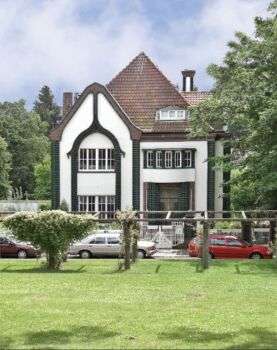
Image source:https://search.creativecommons.org/photos/d20fdb0c-907e-4dee-8cbb-257bff9c098f by dalbera
His Work
In addition to architecture, Behrens also designed household appliances. He worked to standardize the shapes of their components to make them interchangeable and to simplify the production process. In 1898, he collaborated with the Berlin design magazine Pan to create his first furniture design. Additionally, he produced woodcuts, colored illustrations, designs for book bindings, and crafts objects entirely shaped by the Jugendstil formal language.
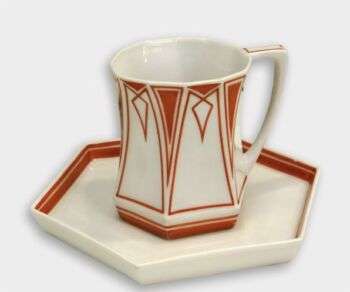
Image source:https://search.creativecommons.org/photos/15de5f41-09a1-400f-9711-0d6c36bec80f by dalbera
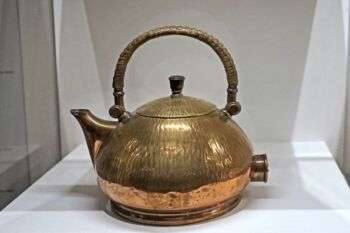
Image source: https://search.creativecommons.org/photos/d52a7d80-670f-423f-9e83-df1f3be4b38f by dalbera
Also, Behrens made significant contributions to painting, architecture, graphic and industrial design. His works impacted all these areas and laid the foundation for the experiments and discoveries of future generations (including Ludwig Mies van der Rohe, Le Corbusier, and Walter Gropius).
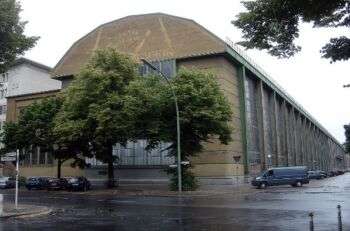
Image source: https://search.creativecommons.org/photos/9919a996-412f-44e4-86b9-8454a973724e by IK’s World Trip
His Style
Behrens was one of the leaders of architectural reform at the edge of the century and a major designer of factories and office buildings in brick, steel, and glass. Further, he is one of the most important forerunners of Modernism and Functionalism, as much as fellow contemporary designers, architects, and painters, such as Henri van de Velde, Walter Gropius, Le Corbusier, Josef Hoffmann, or Gustav Klimt and Mies van der Rohe.
Behrens’ Major Works
- Behrens House in Darmstadt, Germany (1899)
- AEG Turbine Factory in Berlin, Germany (1909)
- AEG Factory Hall in Berlin, Germany (1910)
- Office building of the Hoechst AG in Frankfurt, Germany, (1920-1925)
- Winarsky-Hof (with J. Frank, J. Hoffmann, O. Strnad, Wlach) in Vienna, Austria (1924)
- Franz-Domes-Hof in Vienna, Austria (1928)
- Tobacco Factory in Linz, Austria, (1929-1935)
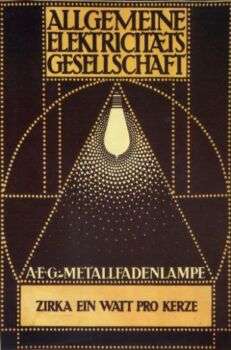
Image source: https://search.creativecommons.org/photos/4bbafbbf-b869-4f5d-bbc3-259239b56365 by MCAD Library
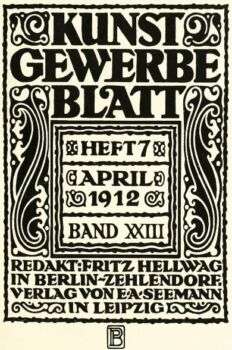
Image source: https://search.creativecommons.org/photos/81a7c8c2-faba-46d4-a992-ea69bc4835f2 by Double–M
Info sources:
For more references, please also visit: www.jbdesign.it/idesignpro
